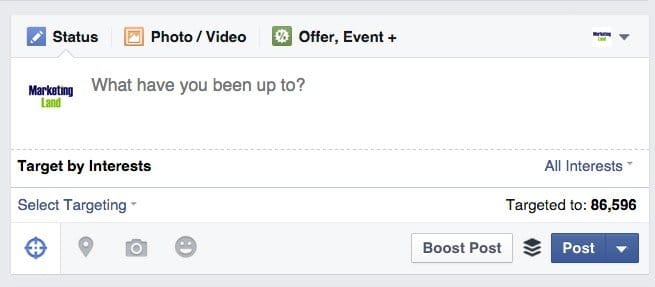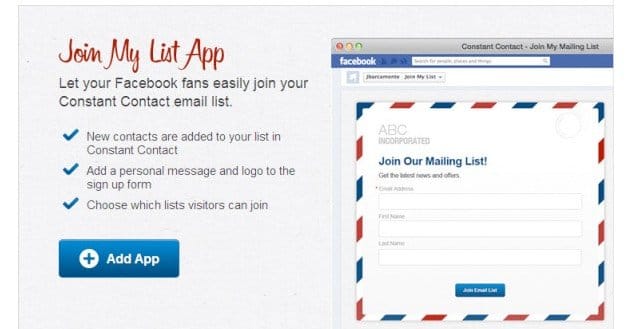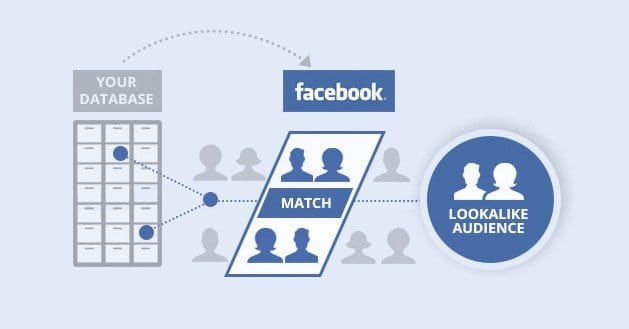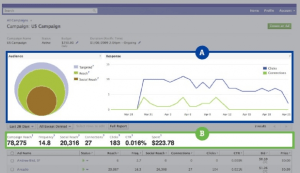 Written by ContentPowered.com
Written by ContentPowered.com
Facebook pages live and die by the quality of their audiences. It’s why buying thousands of cheap likes from Fiverr or whatever is a losing strategy. The people who end up following your page aren’t the same people who are most likely to be interested in your business – and consequently buy your products. You wouldn’t spend a grand on a paper mailer to every mailbox in Dubai, would you? Of course not; you wouldn’t expect anyone there to actually buy your products.
You don’t just want more people following your page. You want more people interested in your business and your products. If you’re selling baseball tickets, you want baseball fans, not a random selection of people you meet on the street.
How do you attract these fans? It’s going to come down to a mixture of organic and paid advertising, as does everything else in the Facebook world.
Network With Industry Sites
Every industry has their authority sites. These are the giants, the news aggregators, the Gawker blogs, the major players and their websites. Your first step is to identify them. If you’re new to your industry, you might need to spend some time watching the way the traffic flows. Try checking the average number of shares and comments posts get when posted by a given company. Any above a certain threshold is a good potential source of traffic and followers.
Once you’ve identified these industry giant sites, you need to make use of that information. For some of these sites, you can approach them and ask for a minor partnership or a mention somewhere. For others, you can use established guest posting routes to get your name on their sites.
Another good strategy is to find the Facebook pages for these businesses and follow them. Watch the content they post, and when you find something within your area of expertise, comment on their posts. Whenever possible, add a link to a piece of your content to your comment. Other people reading that content will see your comment and will follow the link to your site.
This won’t bring in a huge volume of users, and you have a several step process to getting those people from Facebook to your site, back to Facebook, and liking your page. Still, even one or two per month is a valid turnover, and it will only scale up as your reputation grows.
You can do the same thing with influential individuals in your industry. Rather than the Microsoft page, you target Bill Gates’ page instead. Influencers can be much more personal than brand pages, and might have personal comments in response to your comments.
Learn Your Audience and Target Them
As you build your audience, Facebook starts to build a profile of those people. This is all found primarily within the Facebook Insights pane, and it’s most useful for running advertising.
Everyone on Facebook has a set of interests. This set is composed of pages that people like, as well as pages they interact with even if they don’t like them. There are other factors as well.
When you’re getting into ad targeting, come up with some of these interests. You might, for example, pick a general technology and a brand similar to yours, set those as interests, and advertise only to people who like both. This is called interest intersection targeting, and it narrows your audience more than specifically targeting fans of one brand would.
You can also target organic posts. At the bottom of every post you make through your page, you can set specific interest targeting, or you can use a custom audience you created earlier. Custom audiences are great, more on them later.
Advertise to Competitor Audiences
This one is easy; just run advertising using the audience targeting factor of “likes X competitor’s page.” You can even run a specific ad targeting them explicitly; “Bob’s Widgets? Forget Bob, our deals leave him in the dust.”
You might want to avoid being too aggressive, particularly if you want to form partnerships with these businesses later. Don’t try to undercut them if doing so hurts their willingness to work with you.
Grow and Target a Mailing List
Mailing lists are great in their own right, but they can be used on Facebook as a custom audience. All you need to do is create a new audience and feed in your mailing list. Facebook will compare all of the email addresses in the list with their database. When they find a match, they add that user to your custom audience. Now you can run advertising targeting explicitly those people who already subscribe to your mailing list. This is very potent, because those people are among your most interested and engaged users.
Make Use of Lookalike Audiences
A lookalike audience is an audience that shares the demographics and interest with your existing audiences. One great way to use it is with your mailing list audience; another is with your followers.
In any case, take your existing audience and click to create a lookalike audience. This will create a new list of people on Facebook who match most of the demographics and interests of the people in the original audience. Now you can run ads targeted at people who look an awful lot like the people who already follow you. Imagine if everyone who follows you had a twin, and those twins were all potentially interested in you; that’s what lookalikes bring to the table. You can, for the record, also use lookalike audiences on Twitter now.
Run a Relevant Contest
Contests can be pretty useful for gathering relevant likes, but less so than they used to be. You can’t hide a contest behind a like these days, which hampers the number of people your contest brings in. On the other hand, you can use likes as additional entries, which helps.
Just make sure when you’re running a contest, that you offer a prize that’s relevant to your business. A copy of your ebook or your product is generally the best idea. Otherwise, you risk bringing in a lot of people from Slickdeals or somewhere, all who just want the deal or the free item, none of whom will ever interact with your page again.






